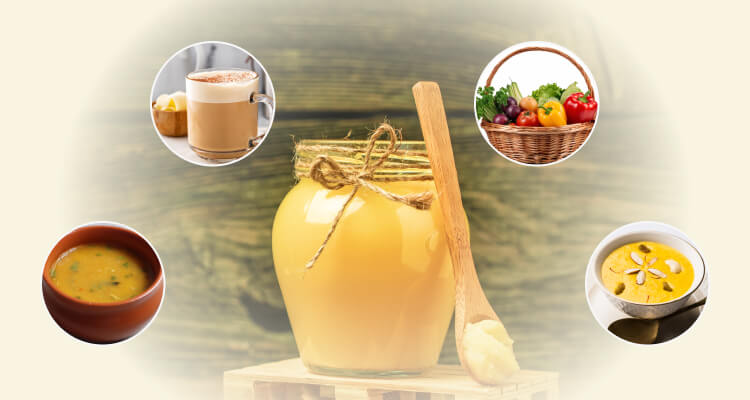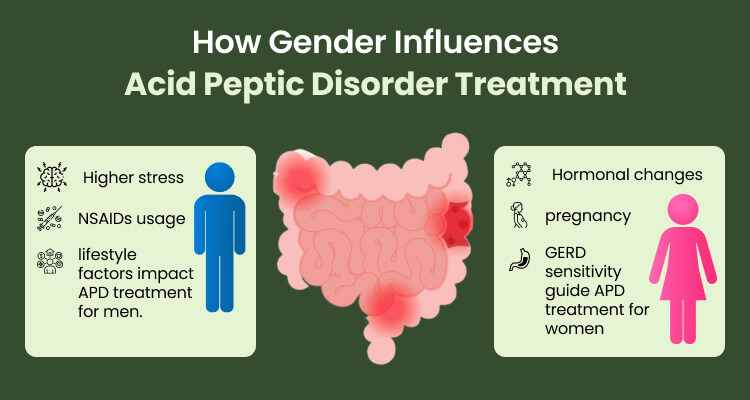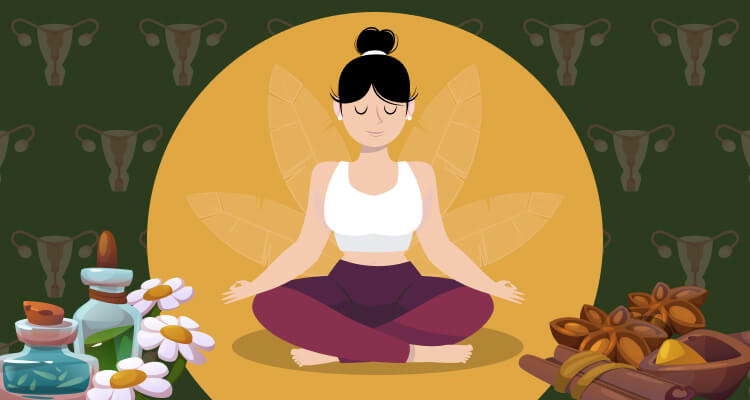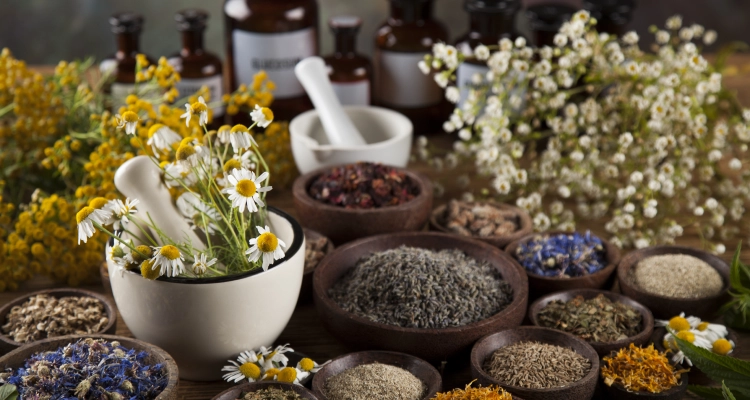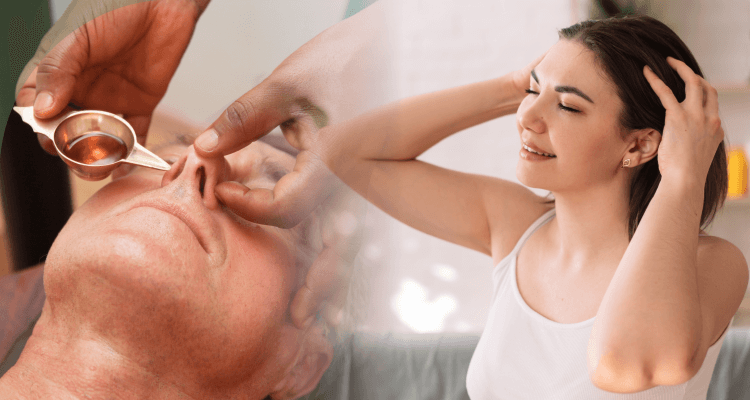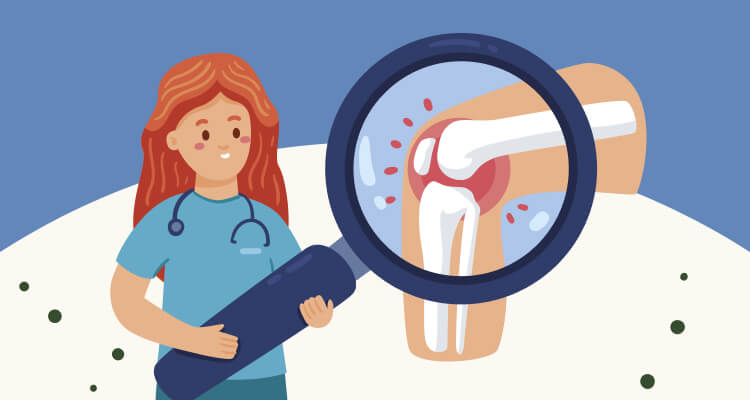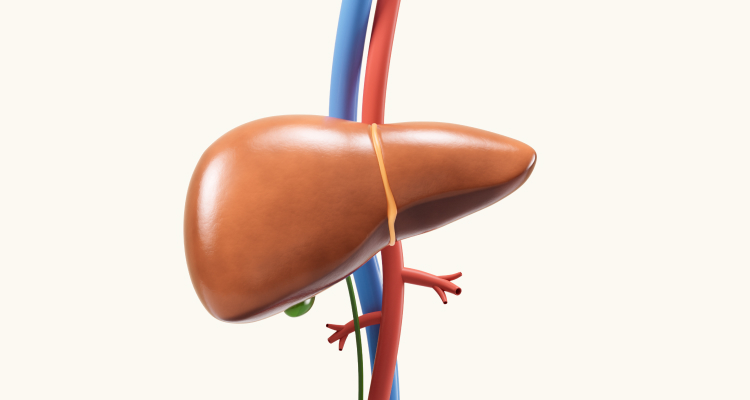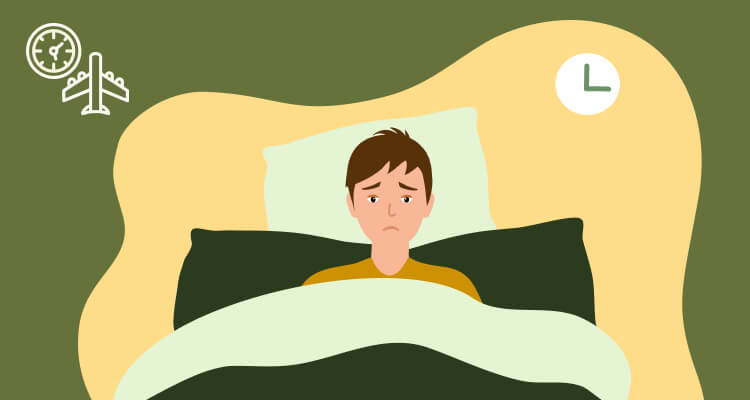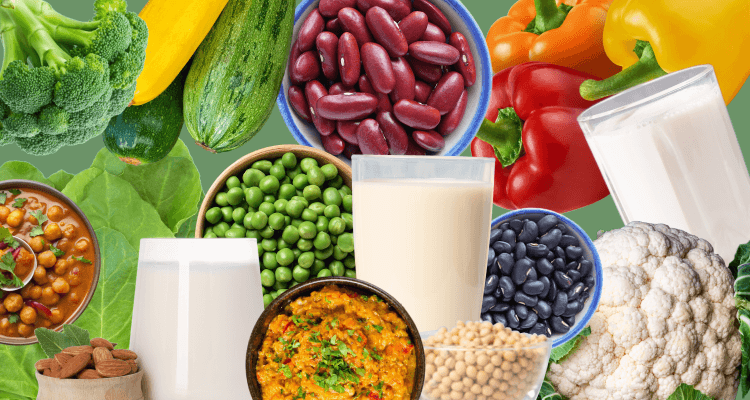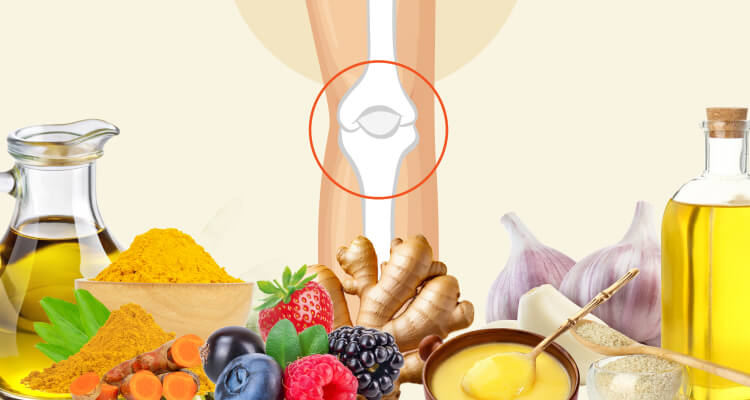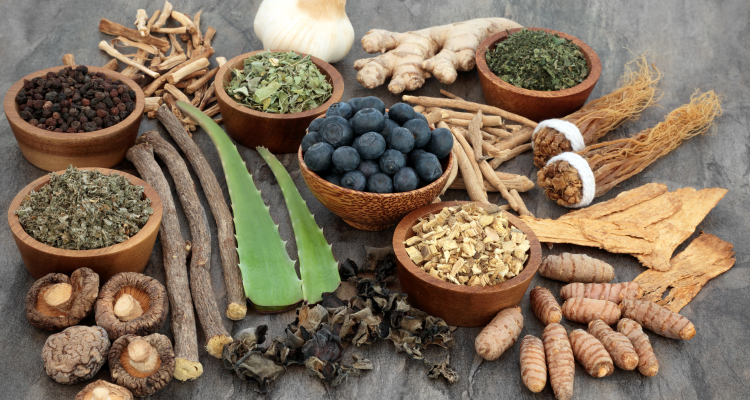Lipid disorders or imbalance, a condition marked by abnormal levels of cholesterol and triglycerides, is a silent yet serious risk factor for heart disease. In the United States alone, nearly 25 million adults have total cholesterol levels above 240 mg/dL due to poor diet, sedentary lifestyles, and stress.
Interestingly, more and more people are turning to holistic treatments—like Ayurveda—as an alternative or complement to conventional care. Around 38% of adults use complementary or alternative medicine for long-term health support, including heart health.
Unfortunately, myths and misconceptions often cloud the understanding of the best way to manage this condition.
We’ll debunk 11 common myths about lipid imbalance and explore how Ayurvedic practices can offer a personalized, holistic approach to supporting heart health.
Myth #1: Lipid Disorders only affect overweight or obese people.
The Truth: Lipid disorders or elevated cholesterol can impact anyone, regardless of body weight. While excess body fat, particularly visceral fat, is a risk factor, normal or underweight individuals can also develop high cholesterol due to other factors such as genetics, a high-sugar or high-fat diet, a sedentary lifestyle, or conditions like diabetes or hypothyroidism. Lean individuals with a poor diet or sedentary lifestyle can also suffer from lipid imbalances.

What Ayurveda Has to Say
According to Ayurveda, lipid disorder is often linked to an imbalance in Kapha dosha—the element associated with structure and stability in the body. When Kapha becomes excessive due to factors like diet, low activity, and sluggish digestion, it leads to the buildup of lipids and toxins(ama). Even those who are not overweight can experience high Kapha if their lifestyle aggravates it. For a balanced lipid profile, Ayurveda recommends adding ginger tea into your routine to enhance digestion and reduce Kapha.
Myth #2: Only older adults need to worry about lipid disorders.
Here’s the Reality: Lipid disorders are not exclusive to older adults, they can impact people of all ages, including children and young adults, especially when there’s a family history of high cholesterol. Genetic factors like familial hypercholesterolemia can predispose individuals to high cholesterol at an early age. Lifestyle factors like diet, inactivity, and stress contribute as well, making it essential to start paying attention to lipid health early on.
Ayurveda’s Take
Ayurveda promotes lifelong preventive care, starting with childhood. Ayurvedic principles advocate for maintaining a balanced lifestyle from youth, including seasonal diets, regular exercise, and managing stress. For young adults with lipid imbalance risk, incorporating garlic into meals can support lipid health due to its antioxidant properties and Kapha-balancing effects. Additionally, daily intake of Amla boosts immunity, making it an excellent option for long-term use.

Myth #3: Lipid disorders don’t need treatment if you don’t have symptoms.
The Real Deal: An abnormal lipid profile is often symptomless, so individuals may have high cholesterol or triglycerides without knowing it. This “silent” nature makes it tricky, as it may go undetected until a serious cardiovascular event like a heart attack or stroke. Early, proactive treatment is essential for reducing these risks, and regular screenings are key to catching lipid disorders early.
Ayurvedic Wisdom
Ayurveda addresses imbalances even when there are no symptoms. Cholesterol buildup often results from accumulated toxins, which block bodily channels (srotas) over time. Ayurveda recommends Panchakarma detox, dietary modifications, and herbs like Turmeric to cleanse the channels, support liver health, and maintain normal lipid levels.

A simple Ayurvedic hack is to practice oil pulling with sesame oil each morning, as it helps detoxify and supports healthy lipid metabolism.
Myth #4: Diet alone can always control lipid disorders.
The Facts: While a balanced, heart-healthy diet plays a significant role in managing lipid imbalance, it isn’t always enough, particularly in genetic conditions or very high lipid levels. For some, even with a healthy diet, medication or additional interventions may be needed to reach target cholesterol and triglyceride levels.
Ayurvedic Routine
Ayurveda views diet as just one aspect of holistic health. While a Kapha-pacifying diet is recommended, focusing solely on a diet may not address the root cause, especially if metabolic imbalances exist due to a Pitta or Kapha excess.
Ayurveda suggests Triphala churna as a digestive and cleansing aid to support lipid management when diet alone doesn’t suffice. Taking Triphala with warm water before bed can improve digestion, reduce Kapha buildup, and help the body process fats effectively. However, you can’t ignore exercise and a good routine.
Myth #5: If you’re on cholesterol-lowering medication, you don’t need to change your diet or lifestyle.
Think Again: Cholesterol-lowering medications are generally more effective when combined with lifestyle changes. Medications reduce cholesterol, but without lifestyle modifications, the underlying factors that cause lipid disorders (like poor diet, inactivity, and smoking) may still be present. Engaging in physical activity, consuming a heart-healthy diet, and reducing stress enhance medication effectiveness and support overall cardiovascular health.
A Hack from Ayurveda
For those on medication, Ayurveda recommends daily morning breathwork (pranayama) to enhance the effects of conventional treatment. Pranayama, particularly skull-shining breath (Kapalbhati), supports metabolism and promotes circulation, which is beneficial for lipid management.

Myth #6: High cholesterol is the only lipid problem to worry about.
Not Quite: Lipid disorders include high triglycerides and low HDL (good cholesterol), which also contribute to cardiovascular risks. Addressing all lipid components is key for comprehensive health.

Ayurvedic Insight
Ayurveda treats high cholesterol levels as a multi-faceted condition. To manage both cholesterol and triglycerides, Fenugreek seeds (Methi) can be beneficial. Soak a teaspoon overnight, and consume on an empty stomach to help regulate lipid levels and improve digestion.
Myth #7: You can stop treatment once your lipid levels are normal.
Here’s Why That’s Risky: Lipid disorders often require long-term management. Stopping treatment abruptly can lead to a relapse, raising cardiovascular risks. Consistent monitoring is essential for maintaining healthy lipid levels.
Ayurvedic Practice
To maintain lipid health over the long term, Ayurveda recommends seasonal Panchakarma detox therapies. Panchakarma cleanses accumulated toxins (ama), helping sustain results after achieving balance in lipid levels. Consult an Ayurvedic practitioner for a tailored detox plan.
Myth #8: Only men need to worry about lipid imbalance.
Not So! Abnormal lipid profile affects both men and women. In fact, cardiovascular disease is a leading cause of death among women, with the risk increasing after menopause. Women should be just as proactive in managing their lipid levels and heart health as men.
Ayurveda on Women’s Health
Ayurveda considers hormonal changes affecting cholesterol, especially post-menopause. Kapha and Vata dosha imbalances are common in women, and Ayurveda recommends adapting diet and lifestyle accordingly.
Myth #9: All fats are bad and should be avoided.
Let’s Clear This Up: Not all fats are harmful! Healthy fats like those in olive oil, nuts, avocados, and fatty fish provide essential nutrients and can improve lipid profiles. The key is to choose good fats and limit saturated and trans fats, which increase LDL and triglycerides.
Ayurveda’s Perspective on Fats
Ayurveda emphasizes the role of healthy fats (sneha dravyas) in nourishing the body, promoting digestion, and enhancing vitality (Ojas). Ghee, sesame oil, and coconut oil are revered for their health benefits when used appropriately. However, the choice and quantity of fats should always align with an individual’s dosha balance and overall health.

Ayurvedic Healthy Fat Options
- Ghee: Supports digestion, balances all three doshas when consumed in moderation, and is known to elevate good cholesterol (HDL), contributing to heart health.
- Sesame Oil: Beneficial for cardiovascular health and excellent for balancing Vata dosha.
- Coconut Oil: Cooling in nature, it soothes Pitta dosha and supports a healthy metabolism.
- Flaxseeds & Chia Seeds: Packed with omega-3 fatty acids, they help reduce Kapha and improve HDL levels.
- Avocados: Though modern, they align with Ayurvedic principles as nourishing and Kapha-friendly when consumed in small amounts.
A Word of Caution
Not all fats are suitable for everyone, especially if there are underlying health conditions like obesity, hypertension, or diabetes. Always consult an Ayurvedic expert before adding these fats to your diet. They can provide personalized advice to ensure compatibility with your health profile and avoid potential imbalances.
Myth #10: You can tell if you have high cholesterol based on how you feel.
Actually: High cholesterol and other lipid abnormalities are often silent—they don’t usually cause noticeable symptoms. Regular blood tests are the only way to accurately assess cholesterol and triglyceride levels, making routine screenings essential.
Ayurvedic Tip for Awareness
Ayurveda advocates regular self-checks and preventive measures. These may serve as early warning indicators of lipid imbalances:
- Signs of Kapha Imbalance: Lethargy, weight gain, excessive mucus, and heaviness in the body.
- Signs of Ama (Toxins): Coated tongue, poor digestion, bloating, and a sticky feeling in the mouth.
- Circulatory Issues: Coldness in extremities, poor circulation, or stiffness in the joints, which may indicate improper lipid metabolism.
- Mental Signs: Brain fog or lack of clarity due to ama clogging subtle channels (srotas) in the body.
Even without symptoms, you can try Neem tea which supports the cleansing of the blood and is thought to help maintain healthy lipid levels. A cup of Neem tea once a week can be a gentle, preventive addition.
Myth #11: Only people with a family history of high cholesterol need to worry about lipid disorders.
The Reality: While family history is a strong risk factor, lifestyle and diet also contribute significantly to lipid imbalance. Regular screenings are advisable, even for those without a genetic predisposition.
Ayurvedic Routine for Prevention
Ayurveda encourages routine self-massage (Abhyanga) with warm sesame or mustard oil, which helps stimulate circulation, reduces Kapha buildup, and promotes balanced lipid levels. Practicing weekly, Abhyanga is known to enhance circulation and maintain doshic balance, preventing lipid-related issues.
Wrapping It Up
Lipid disorders don’t just affect those with extra weight or in their later years—they can happen at any age and to anyone. Ayurveda offers a holistic approach to cholesterol management that complements modern treatments by focusing on balance and long-term health.
That said—when it comes to adding herbs, exercises, or dietary changes to your routine, it’s always advisable to consult with experts who can tailor everything to your individual needs.
Our Ayurvedic specialists are here to guide you with personalized plans based on your unique health profile. Don’t wait to take charge of your health—come to us, and let us help you with a customized approach to managing cholesterol and enhancing your overall well-being.


